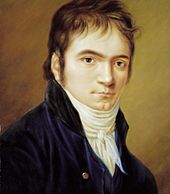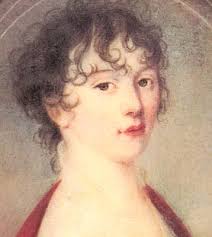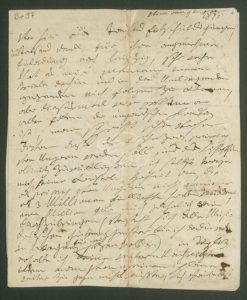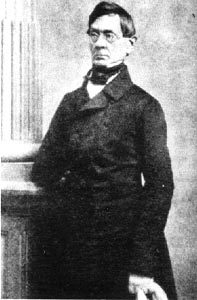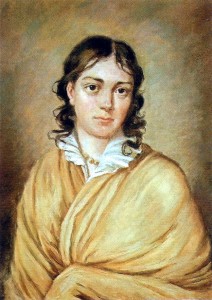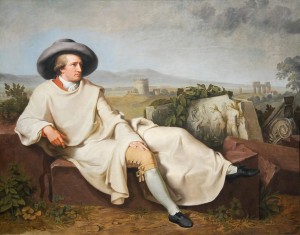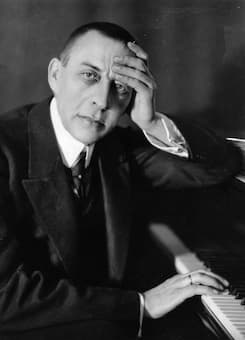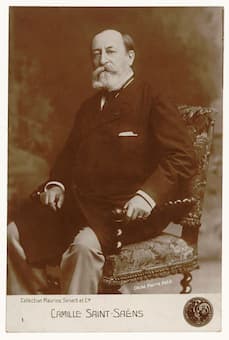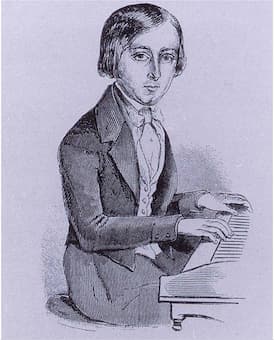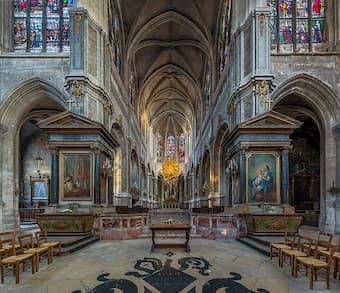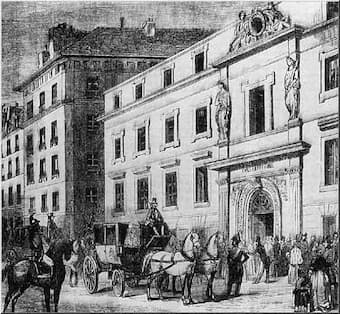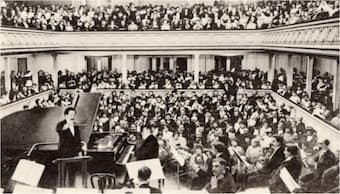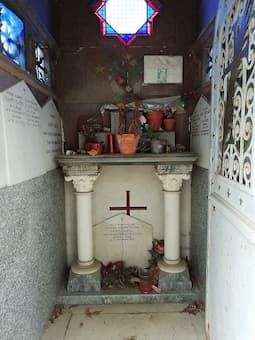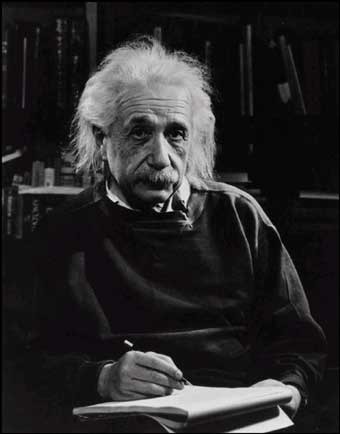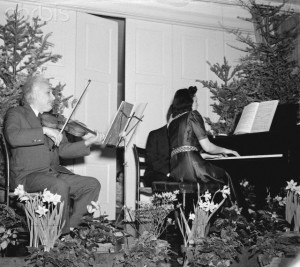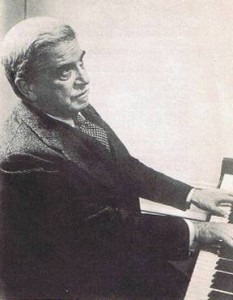by Oliver Pashley, Interlude
Orchestral musicians are an odd bunch. It’s okay, I can say that – I speak as one of the oddest. Within any orchestra different personalities emerge, each with their own quirks and habits. Take this as a guide through the weird and wonderful world of orchestral musicians.
The foot shuffler
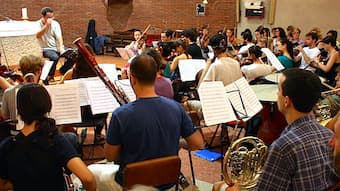
© violinist.com
Most musicians are foot shufflers at one point or another. For obvious reasons, musicians tend not to talk to each other while playing, so words transform into the foot shuffle, an inconspicuous gesture used to surreptitiously say ‘well done’ to other players after, for example, a big solo or exposed passage. However, foot shuffling can also signal a mistake. Context-dependent. Very confusing. Avoid if uncertain.
The last-minuter
For an orchestral musician, being ‘on time’ for a rehearsal means in effect being there half an hour early. Anything after that is considered by many to be cutting it fine. The last-minuter is that musician who drifts through the door five minutes before the rehearsal starts and is ready to go at the exact moment the tuning note sounds. Not at all worried by their last-minute approach to life. In fact, often much calmer and happier than most other musicians.
The question-asker
Every orchestra has that person, who can’t seem to hold back the irrepressible tide of questions bubbling up inside them. Bowings? Breath marks? Tempi? Articulation? There is no limit to the range of subjects the question-asker will address. Mostly harmless and good-intentioned.
The worrier
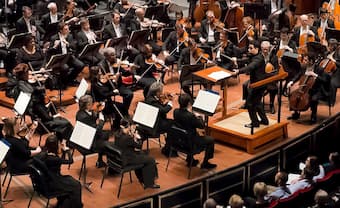
© houstonsymphony.org
Often but not exclusively confined to the world of reed instruments, the worrier frets about the state of their instrument, the state of their reed, the temperature and humidity in the room, what time of day it is, how illegible these old parts are, how long it took to get into work today, oh isn’t it awful with all this traffic and how do they expect us to see with this light and I think my chair is too low and don’t you think it’s really hard to hear in this room and I don’t like this piece very much how about you?
The tea break sprinter
That no-nonsense member of a section responsible for getting a round of refreshments in the break. Runs off as soon as the break is called in order to be at the front of the queue. Spends first half of rehearsal mentally planning quickest route to café with precision and detail of bank robber.
The warmer-upper
Ever had the calm background noise of orchestral musicians quietly warming up punctuated by the pyrotechnics of a Paganini caprice, or the brilliant passages of a virtuosic concerto? Then you might just be in the presence of a warmer-upper. Listen in amazement and contemplate how much harder their warm up sounds than yours. Sit in awe as they dazzle you with unnecessarily loud and fast playing. Roll your eyes when they can’t help but bring up that new concerto they’re learning. By some strange coincidence, often seated next to the tea break sprinter.
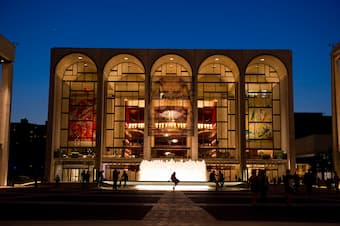


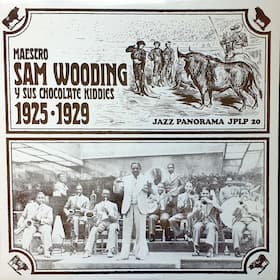
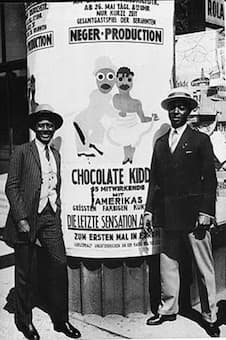
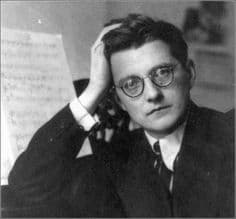

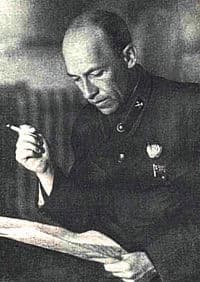
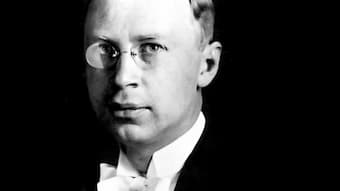
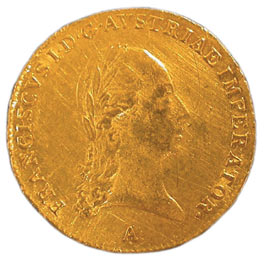 For much of his career and life, Beethoven was struggling financially. He would on occasion make a shedload of money, which he tended to invest in bank shares. However, the severe depreciation of the Austrian currency as a result of the extended Napoleonic war, slashed his wealth by over fifty percent, and it also significantly reduced the value of the annuity paid to him by Archduke Rudolph, and the Princes Lobkowitz and Kinsky. And even when Beethoven was relieved from any rational grounds for financial worry, he was constantly apprehensive about his financial situation.
For much of his career and life, Beethoven was struggling financially. He would on occasion make a shedload of money, which he tended to invest in bank shares. However, the severe depreciation of the Austrian currency as a result of the extended Napoleonic war, slashed his wealth by over fifty percent, and it also significantly reduced the value of the annuity paid to him by Archduke Rudolph, and the Princes Lobkowitz and Kinsky. And even when Beethoven was relieved from any rational grounds for financial worry, he was constantly apprehensive about his financial situation.